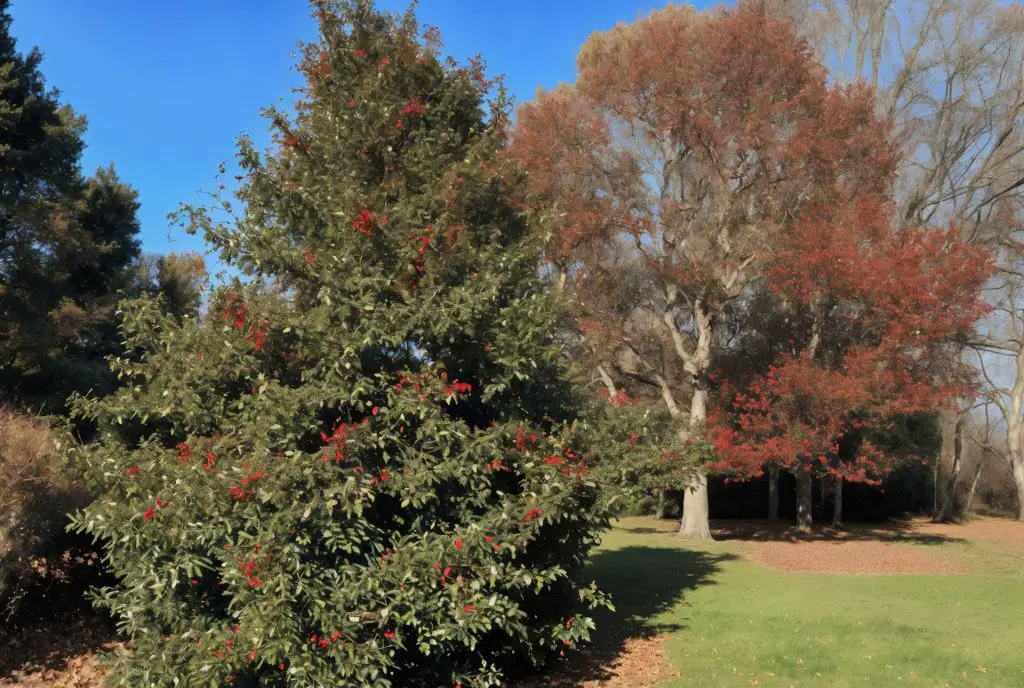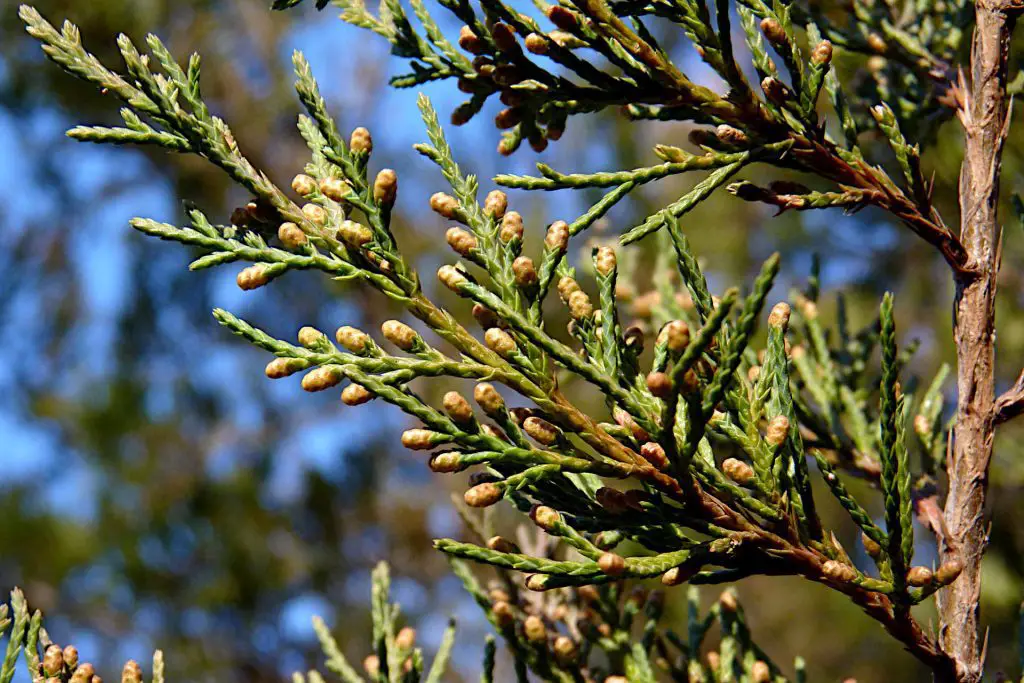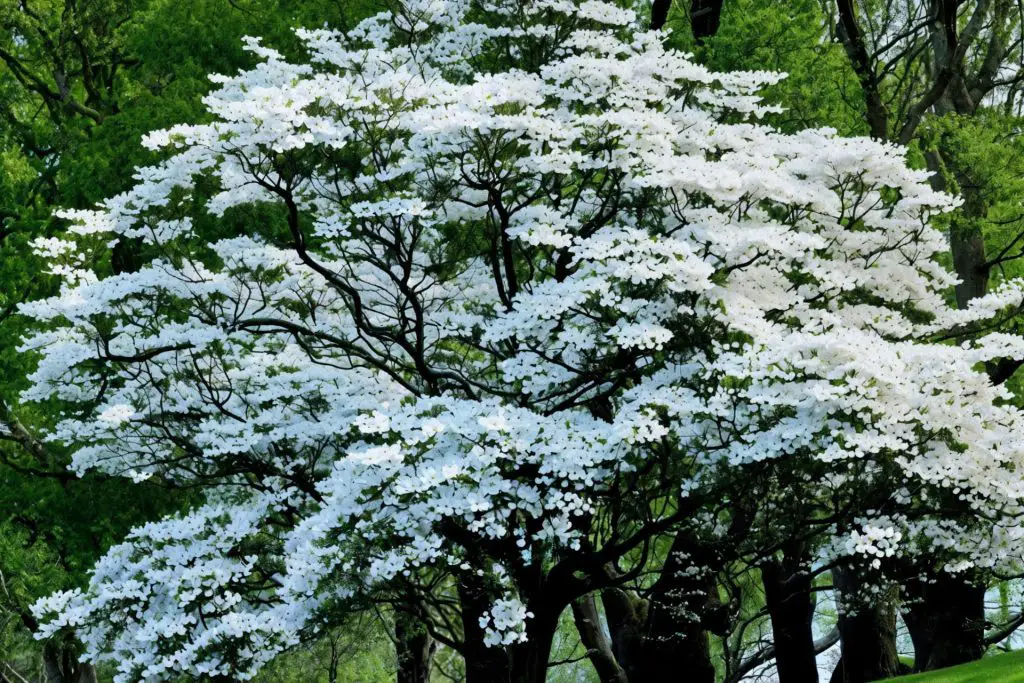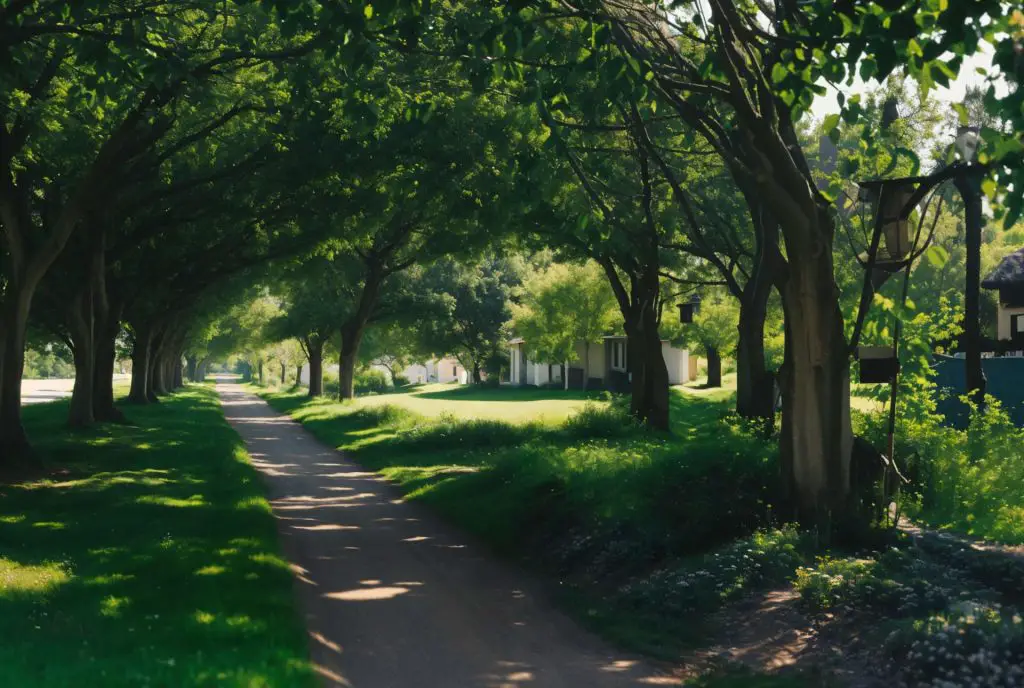The #1 Thing You’re Missing in Your Backyard (Hint: It’s Not a Pool!)
Ah, the sweet taste of summer. The sun beats down, the kids are out of school, and the backyard beckons. But as you gaze out at your outdoor space, you can’t help but feel a sense of… meh. The lawn’s a bit parched, the patio furniture’s seen better days, and don’t even get me started on the neighbors’ prying eyes. You’ve tried to create an oasis, but it still feels like something’s missing.
You’ve probably considered the usual suspects: a pool, a hot tub, or maybe even an outdoor kitchen. But what if I told you there’s a simpler, more effective way to transform your backyard into a haven? It’s not a fancy water feature or a pricey patio set. It’s something that’s been right under your nose (or rather, above your head) the whole time: trees.
That’s right, trees! Those leafy wonders that provide shade, beauty, and a whole lot more. Not only can they create a haven that’s good for you and good for the planet, but also it can be good for your bank account. So, grab your gardening gloves and get ready to unlock the hidden potential of your backyard!
Environmental Champions

Trees are often hailed as the ultimate environmental superheroes. And for good reason! They’re the ultimate multi-taskers, tackling a variety of eco-friendly feats that benefit both you and the planet. Let’s explore some of the ways trees earn their environmental champion stripes:
Air Heroes: The Unsung Heroes of Clean Air
Trees are like nature’s air purifiers. They absorb pollutants like volatile organic compounds (VOCs), dust particles, and even ozone-depleting substances. In fact, a single mature tree can absorb up to 48 pounds of carbon dioxide per year! By planting trees in your backyard, you’re not only improving local air quality but also contributing to the global fight against climate change.
Water Warriors: The Unseen Heroes of Hydrology
Trees are more than just pretty faces – they’re also expert water managers. Their roots act like natural dams, slowing down runoff and promoting water infiltration into the soil. This reduces the risk of erosion, prevents water pollution, and even helps recharge groundwater supplies. By planting trees strategically, you can create a natural water filtration system that benefits the entire ecosystem.
Climate Coolers: The Cooling Effect of Trees
Trees are the ultimate climate coolers. Through a process called transpiration, they release water vapor into the air, which has a natural cooling effect. This can reduce the urban heat island effect, making your backyard (and neighborhood) a more comfortable place to be. Plus, the shade they provide can reduce the need for air conditioning, saving you energy and money in the process.
By planting trees in your backyard, you’re not only creating a more beautiful space – you’re also supporting the environment and contributing to a healthier planet. But that’s not all…
Welcome the Neighbors

When you plant trees in your backyard, you’re not just creating a haven for humans – you’re also inviting local wildlife to the party. By choosing tree species native to your region, you can create a thriving ecosystem that supports local biodiversity. Let’s explore how trees can become a haven for Pennsylvania’s native wildlife:
Partnering with Local Wildlife
When looking at Pennsylvania, for example, the state boasts a rich tapestry of bird species. By partnering with a local wildlife organization like the Pennsylvania Audubon Society, you can gain valuable insights into the specific bird species thriving in your area. They can help you choose the perfect tree that attracts these feathered friends, such as:
- Eastern Red Cedar: This hardy evergreen provides tasty blue-green berry-like cones that Cedar Waxwings adore.
- Flowering Dogwood: This understory tree offers beautiful white blooms in spring and delicious red fruits in fall, a feast for robins, cardinals, and other songbirds.
- American Holly: Not just a festive decoration, this evergreen offers vibrant red berries that attract a variety of winter birds, including hungry chickadees and finches.
Each state will have different ecologies but with a little research, you can find the perfect tree that not only suits your garden but also attracts the local birds you love to see flitting around your backyard. By providing food and shelter, you’ll be creating a haven for these fascinating creatures, enriching your backyard experience and contributing to the health of the local ecosystem.
Planting for the Future – (Unappreciated Advantages)

When you plant trees in your backyard, you’re not just creating a beautiful space – you’re also investing in a sustainable future. Trees provide a wealth of benefits that extend far beyond their aesthetic appeal. Let’s explore some of the unexpected advantages of planting trees for the future:
Long-term Benefits for Your Property
Trees can increase your property value by up to 15%!1 They also provide a natural barrier against harsh weather conditions, reducing the risk of property damage and erosion. By planting trees strategically, you can even create a natural sound barrier, reducing noise pollution and creating a more peaceful living space.
Soil Health and Ecosystem Services
Did you know that certain tree species can improve soil health by breaking up compacted ground and bringing nutrients to the surface? This not only benefits your garden but also supports local ecosystems. Trees like the Black Walnut (Juglans nigra) and the Silver Maple (Acer saccharinum) have deep roots that can access groundwater, reducing the need for irrigation and supporting local water cycles.
Attracting Beneficial Insects
Trees can attract beneficial insects like ladybugs and lacewings, which prey on garden pests naturally. This reduces the need for pesticides and creates a balanced ecosystem. By planting trees that attract pollinators like bees and butterflies, you’re also supporting local food systems and biodiversity.
Climate Resilience and Carbon Sequestration
Trees are one of the most effective tools in the fight against climate change. They absorb carbon dioxide, store carbon in their biomass and soil, and even provide shade, reducing the urban heat island effect. By planting trees, you’re not only supporting local ecosystems but also contributing to global efforts to mitigate climate change.
Planting a tree is a gift that keeps on giving. It provides shade, beauty, and environmental benefits for years to come, while also offering some unexpected advantages for your soil and even your pest control strategies.
Your Backyard Oasis (for Your Specific Needs)
Now that you’ve decided to plant trees in your backyard, it’s time to think about your specific needs. What do you want to achieve with your tree planting project? Do you want to create a privacy screen, reduce noise pollution, or attract local wildlife? Let’s explore some common scenarios and the tree species that can help you achieve your goals:
Privacy Screens and Windbreaks
If you’re looking to create a privacy screen or block out harsh winds, consider planting trees like the Arborvitae (Thuja occidentalis) or the Leyland Cypress (Cupressus x leylandii). These evergreen trees can grow up to 30 feet tall and provide a natural barrier between your property and the outside world.
Shade and Cooling
If you’re looking to create a shaded oasis in your backyard, consider planting trees like the Sugar Maple (Acer saccharum) or the Sweetgum (Liquidambar styraciflua). These deciduous trees can provide dappled shade and reduce the need for air conditioning during the summer months.
Fruit and Nut Production
If you’re looking to grow your own fruit or nuts, consider planting trees like the Apple (Malus domestica), Avocado or the Walnut (Juglans nigra). These fruit and nut trees can provide a bountiful harvest and attract local wildlife to your backyard.
Drought-Tolerant Trees
If you live in an area with low rainfall or water restrictions, consider planting drought-tolerant trees like the Juniper (Juniperus spp.) or the Russian Olive (Elaeagnus angustifolia). These trees can thrive in dry conditions and require minimal watering.
Decision Tree: Choosing the Right Tree for Your Needs
Still unsure which tree species to choose? Consider the following factors:
- Climate and soil type
- Space and sunlight availability
- Desired tree size and shape
- Maintenance and pruning requirements
- Wildlife attraction and ecosystem benefits
When planning your tree planting you take into account your specific needs and desires, you can choose the perfect tree to transform your backyard into a personalized haven. Imagine relaxing under the cool shade, surrounded by the sweet scent of blooming fruit trees, or enjoying the privacy provided by a lush evergreen screen. The possibilities are endless!
Going Green Saves Green (with Additional Savings):

Planting trees in your backyard isn’t just good for the environment – it can also save you money in the long run. Let’s explore some of the ways that going green can save you green:
Energy Efficiency and Savings
Trees provide shade, which can reduce the need for air conditioning in the summer and heating in the winter. According to the USDA, a single mature tree can save you up to $50 per year on energy bills. By planting trees strategically, you can reduce your energy consumption and lower your utility bills.
Windbreaks and Storm Damage Prevention
Trees can act as a natural windbreak, reducing wind speeds and preventing damage to your property. This can save you money on repair and replacement costs, as well as reduce the risk of property damage from severe weather events.
Water Conservation and Reduced Irrigation
Trees can help reduce water consumption by providing shade, which reduces evapotranspiration and the need for irrigation. This can save you money on your water bill and reduce your environmental impact.
Increased Property Value and Tax Benefits
as we have previously mentioned planting trees can increase your property value by up to 15%, according to the National Association of Realtors. In addition though, you may also be eligible for tax benefits and incentives for planting trees, which can reduce your tax liability.2
Additional Savings and Incentives
Depending on your location and the type of trees you plant, you may be eligible for additional savings and incentives. For example, the USDA’s Conservation Reserve Program3 provides financial incentives for landowners who plant trees and other conservation practices. You may also be eligible for local rebates and incentives for planting trees and reducing your environmental impact.
Final Thoughts: Your Backyard Sanctuary Awaits
Planting a tree in your backyard isn’t just about adding a pretty face to your landscape; it’s about creating a vibrant ecosystem, a shady retreat, and a surprising investment in your future. The information you’ve gained here just scratches the surface of the countless benefits trees offer.
Imagine stepping outside on a hot summer day and finding cool comfort beneath the shade of your very own tree. Picture the joy of watching birds flit through its branches or harvesting delicious homegrown fruit. Planting a tree is a gift that keeps on giving, enriching your backyard experience for years to come.
So, take the first step towards creating your own backyard sanctuary. Research the perfect tree for your needs and get ready to unlock a world of environmental benefits, unexpected advantages, and potential cost savings. With a little planning and effort, you can transform your backyard into a haven that’s good for you, good for the planet, and good for your wallet.
